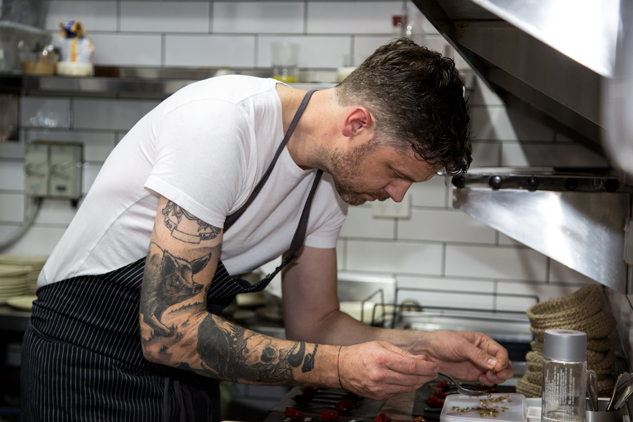Jet-Set Bohemian: From Forest to Table
Photo courtesy of Tourism AustraliaNoma may be closing its doors in Copenhagen at the end of the year, but that in no way means the forest to table trend is dead. Twelve years ago the restaurant credited with reinventing Scandinavian cuisine put the concept of foraging on the forefront of the fine dining scene, no longer reserved for resourceful campers. After earning the title of world’s best restaurant more than a few times, Chef René Redzepi’s institution inspired a slew of new chefs to embrace foraged finds for a back-to-basics spin on gourmet cuisine. As Noma launches a pop-up in January in another emerging food destination—Australia—with reservations for the 10-week stint in Sydney selling out in less than 90 seconds (didn’t get there in time? Neither did we), we’ve put together our own foodie bucket list of some of the movers and shakers of the foraging scene who not only are creating new national cuisines, they’re also making everything from ants to larvae look appetizing.
![]()
After cutting their teeth at Noma, a number of chefs set out to start their own ventures in Copenhagen, placing even more global attention on the Danish capital. Working with the nonprofit Nordic Food Lab, started by Redzepi in 2008, researchers and chefs have come together to take foraging to a scientific level, working with fermentation, insects, larvae, tree bark and mold.
A proponent of the food lab and a Noma alum, chef Christian Puglisi’s Relae may fall under the Noma spin-off category, but the Michelin-starred restaurant does more than put foraged finds on a pretty plate. The vegetable-heavy menu is almost all organic and it’s always a surprise, so you only have to decide how many courses you’re up for—four or seven? Relae may have a Michelin star, but the no-frills eatery is not fine dining in the traditional sense and its location on Jaegersborggade is the first giveaway. The street was once known for drugs and gangs but it’s cleaned up its act and is now dotted with organic shops and vintage boutiques. Stepping into Relae, the idea is to feel at home, so guests set their own table pulling utensils from the drawers and fill their own water glasses, making the concept seem much more approachable than the usual stuffy white tablecloths and dishes you can’t pronounce. Menus start at just 450 Swedish Krona (or $53), so you’re getting a pretty good deal (especially in Scandinavia) on local, sustainable cuisine that includes everything from ice cream with dried kelp to risotto-style sunflower seeds with pine shoots.

Photo courtesy of Tourism Australia
-

-

-

-

-

-

-

-

-

-

-

-

-

-

-

-

-

-

-

-

-

-

-

-

-

-

-

-

-

-

-

-

-

-

-

-

-

-

-

-








































